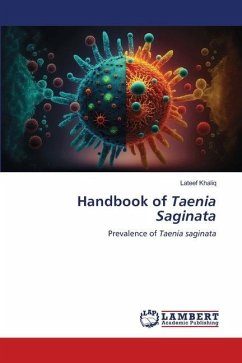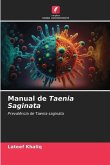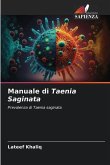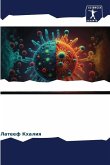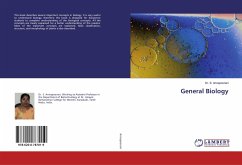Tapeworms of the genus Taenia were among the first parasitic worms which were recognized to cause infection in man from some of the earliest medical writing; it appears that the large tapeworms of man were known to prehistoric hunters. Hippocrates (460 BC- 377 BC) gave description of Taenia saginata and established its relationship with passing of excreted segments in the faeces. T. saginata and T. solium are two major species known to cause zoonotic, taeniasis in man. However in 1994 a new species known as Taenia saginata asiatica or Taiwan taenia or Asian taenia, which is closely related to but genetically distinguishable, from T. saginata (Rishi and Mc Manus, 1987; Bowles and Mc Manus, 1994). The adult worm has an ovary, vaginal sphincter muscle and cirrus sac like those of T. saginata, but T. saginata asiatica has a rostellum and posterior protuberances on segments and 11-32 uterine buds. Segments are passed singly and often spontaneously. The metacestodes are small, about 2mm, and have a rostellum and two rows of primitive hooks, those of the outer row being numerous and tiny. They occur mainly in the parenchyma and on the surface of the liver of domesticated and wild pigs.
Bitte wählen Sie Ihr Anliegen aus.
Rechnungen
Retourenschein anfordern
Bestellstatus
Storno

